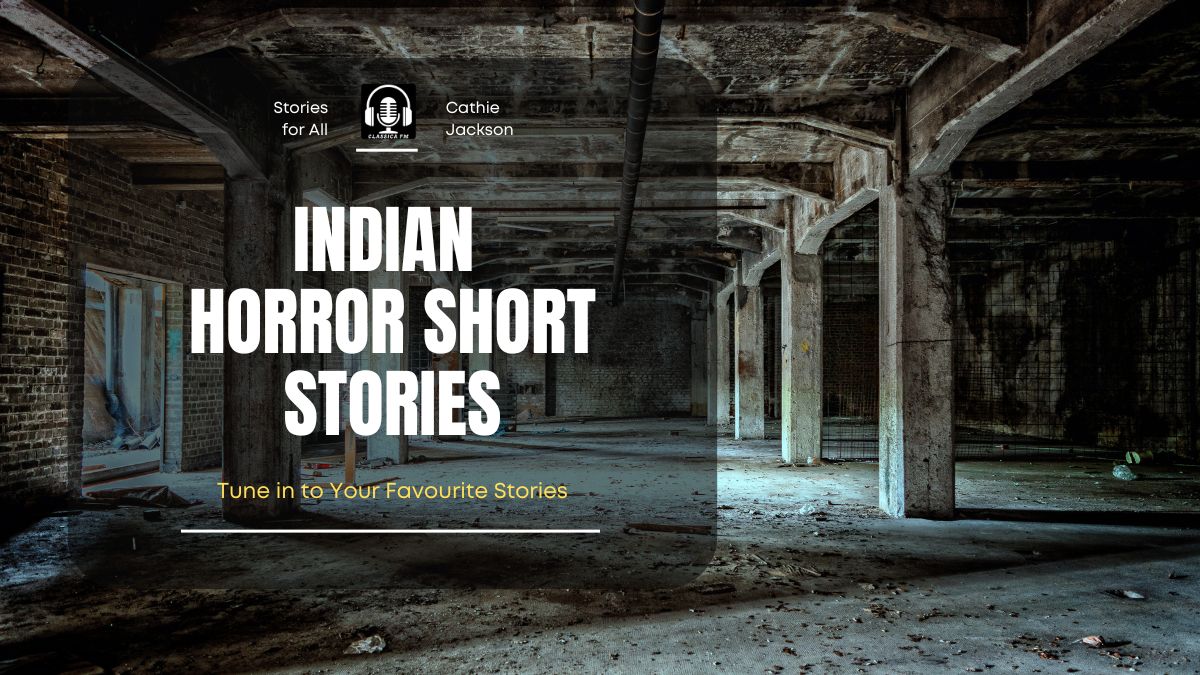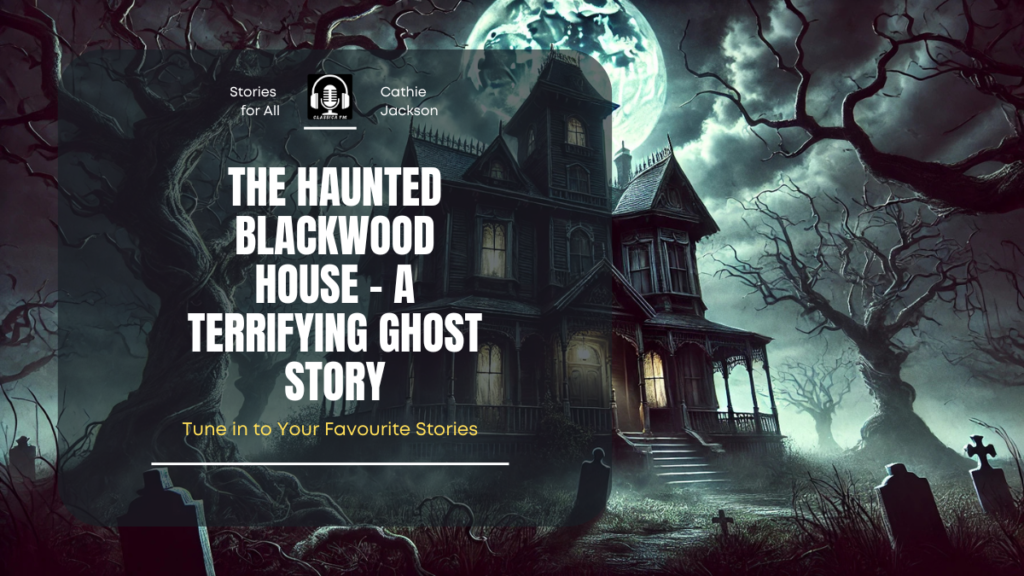Introduction
The Spite House by Johnny Compton is a chilling blend of psychological horror and gothic fiction, delivering a fresh take on the haunted house genre. What sets this novel apart is its exploration of trauma, grief, and paranoia, wrapping these heavy emotions in a supernatural atmosphere that lingers long after the final page. This review delves into the emotional depth, horror elements, and narrative structure that make The Spite House a standout in contemporary horror literature.
Plot Overview
The story follows Eric Ross and his two daughters, Dess and Stacy, who are on the run from an undisclosed past. Eric, a man grappling with his own demons, is offered a peculiar job by an enigmatic elderly woman, Eunice Houghton. She promises a significant sum for his agreement to stay in the Masson House, a desolate property known for its supernatural occurrences. The catch? He must document the hauntings and survive long enough to provide evidence of the house’s paranormal nature.
As Eric settles in with his daughters, it becomes evident that Masson House is more than just an old, abandoned home. It harbors secrets rooted in spite, revenge, and suffering. The house seems to feed on Eric’s own fears and past traumas, distorting reality and dredging up unresolved pain. As the story progresses, Eric must confront his ghosts—both literal and metaphorical—if he hopes to escape the Spite House unscathed.
Emotional and Psychological Depth
A Tale of Trauma and Escapism
One of the novel’s most striking elements is its portrayal of trauma. Eric’s past is shrouded in mystery, but through well-placed flashbacks and introspective moments, we see how deeply his wounds run. He is not merely running from an external force but from himself, his mistakes, and his grief. The Spite House becomes a metaphor for his emotional prison, its hauntings echoing the fears he has buried deep within himself.
Similarly, Dess and Stacy embody different responses to trauma. Dess, the older daughter, is perceptive and protective, aware that their father is hiding something. Stacy, though younger, absorbs the tension in her environment, making her susceptible to the house’s supernatural influence. Their dynamic adds layers of emotional depth to the novel, making it more than just a ghost story—it’s a family drama steeped in psychological horror.
The House as a Reflection of Pain
The Masson House is not just a setting; it’s an entity that thrives on pain and unresolved grudges. This idea aligns with real-life spite houses—homes built or modified out of resentment and revenge. Compton masterfully uses this concept to create a house that doesn’t just haunt its inhabitants but actively manipulates their emotions and past traumas. The house feeds on Eric’s despair, making his escape seem less about physical survival and more about emotional reckoning.
Horror Elements and Atmosphere
Psychological and Supernatural Horror
Compton weaves together psychological horror with supernatural elements, creating an unsettling reading experience. The terror in The Spite House is not solely from ghosts or apparitions; it’s from the characters’ inability to trust their own perceptions. The novel employs classic gothic horror techniques—unreliable narration, eerie silence, shadowy figures, and the omnipresence of something unseen yet deeply felt.
The pacing of horror is masterfully done. Rather than relying on cheap jump scares or overtly grotesque imagery, Compton builds tension through slow, creeping dread. The unease builds steadily, and the reader, much like Eric, begins to question what is real and what is a trick of the mind.
The Hauntings and Their Symbolism
The Spite House doesn’t merely host ghosts; it absorbs the malice of those who built it, sustained it, and suffered within it. This makes its hauntings uniquely personal. Eric is not just witnessing the echoes of past tragedies but is being actively consumed by them. The spirits seem to tailor their torment specifically for him, manifesting his deepest fears and regrets. This personalization of horror elevates the novel beyond standard ghost stories, making it a psychological exploration as much as a supernatural one.
Writing Style and Narrative Structure
Atmospheric Prose
Compton’s writing is immersive and poetic without being overly dense. He paints vivid pictures of the Masson House, making it a character in its own right. His descriptions evoke a sense of suffocating dread, mirroring Eric’s internal struggles. Sentences are carefully constructed to build suspense, each word contributing to the overarching sense of unease.
Nonlinear Storytelling
The narrative does not follow a straightforward chronological structure. Instead, it oscillates between past and present, revealing key details at precisely the right moments. This technique enhances the mystery, keeping the reader engaged and constantly questioning what really happened in Eric’s past. The fragmented storytelling mirrors Eric’s own fractured psyche, reinforcing the theme of memory and perception being unreliable.
Character-Driven Horror
Despite the supernatural elements, the novel remains deeply character-driven. Eric is a compelling protagonist—flawed, secretive, yet undeniably sympathetic. His love for his daughters is evident, making his struggles all the more poignant. The supporting characters, particularly Dess and Eunice Houghton, are equally well-developed, each adding depth to the story. The interplay between the characters elevates the horror, making it feel personal rather than generic.
Themes and Symbolism
The Nature of Spite and Revenge
At its core, The Spite House explores the destructive power of spite. The house exists because of vengeance, and its hauntings are a byproduct of unresolved grudges. This theme is woven into Eric’s own story—he is driven by his past mistakes and the resentment they have bred. The novel suggests that dwelling on past wrongs can consume a person, just as it consumes the house’s unfortunate inhabitants.
The Thin Line Between Reality and Delusion
Much of the novel’s horror stems from its exploration of perception. Can Eric trust what he sees? Can the reader? Compton skillfully blurs the lines between reality and hallucination, making every moment within the Spite House an exercise in psychological suspense. This unreliable narrative structure enhances the novel’s impact, making it an introspective as well as a terrifying read.
Fatherhood and Protection
Eric’s role as a father is central to the story. His choices are driven by a desperate need to protect his daughters, yet he constantly questions whether he is doing the right thing. This parental anxiety adds an emotional weight to the horror, making it more than just a story about ghosts—it’s a story about love, sacrifice, and the lengths one will go to for family.
Final Verdict
Strengths
- Emotional Depth: The novel transcends typical horror by delving into themes of grief, trauma, and regret.
- Atmospheric Horror: The Spite House is genuinely unsettling, with an aura of malevolence that feels almost alive.
- Complex Characters: Eric is a deeply flawed yet compelling protagonist, and the supporting characters are equally well-developed.
- Unique Premise: The idea of a house built purely out of spite and sustained by negative emotions is refreshingly original.
Weaknesses
- Pacing Issues: Some readers may find the slow build-up frustrating, particularly those expecting a more action-driven horror experience.
- Ambiguous Ending: While thematically fitting, the conclusion leaves some questions unanswered, which may not satisfy those who prefer neatly tied-up resolutions.
Conclusion
The Spite House is more than just a ghost story—it’s a meditation on grief, memory, and the emotional weight we carry. Johnny Compton crafts a haunting tale that lingers in the mind, not just because of its supernatural elements but because of its raw emotional truth. Readers looking for a horror novel that blends gothic atmosphere with psychological depth will find The Spite House to be a rewarding, if unsettling, experience.
For those who appreciate slow-burn horror that prioritizes atmosphere and emotional resonance over cheap thrills, The Spite House is a must-read. It is a novel that doesn’t just scare—it unsettles, it disturbs, and, most importantly, it lingers.
Mark Richards is the creative mind behind Classica FM, a podcast platform that brings stories, knowledge, and inspiration to listeners of all ages. With a passion for storytelling and a love for diverse topics, he curates engaging content—from kids’ tales to thought-provoking discussions for young adults.



